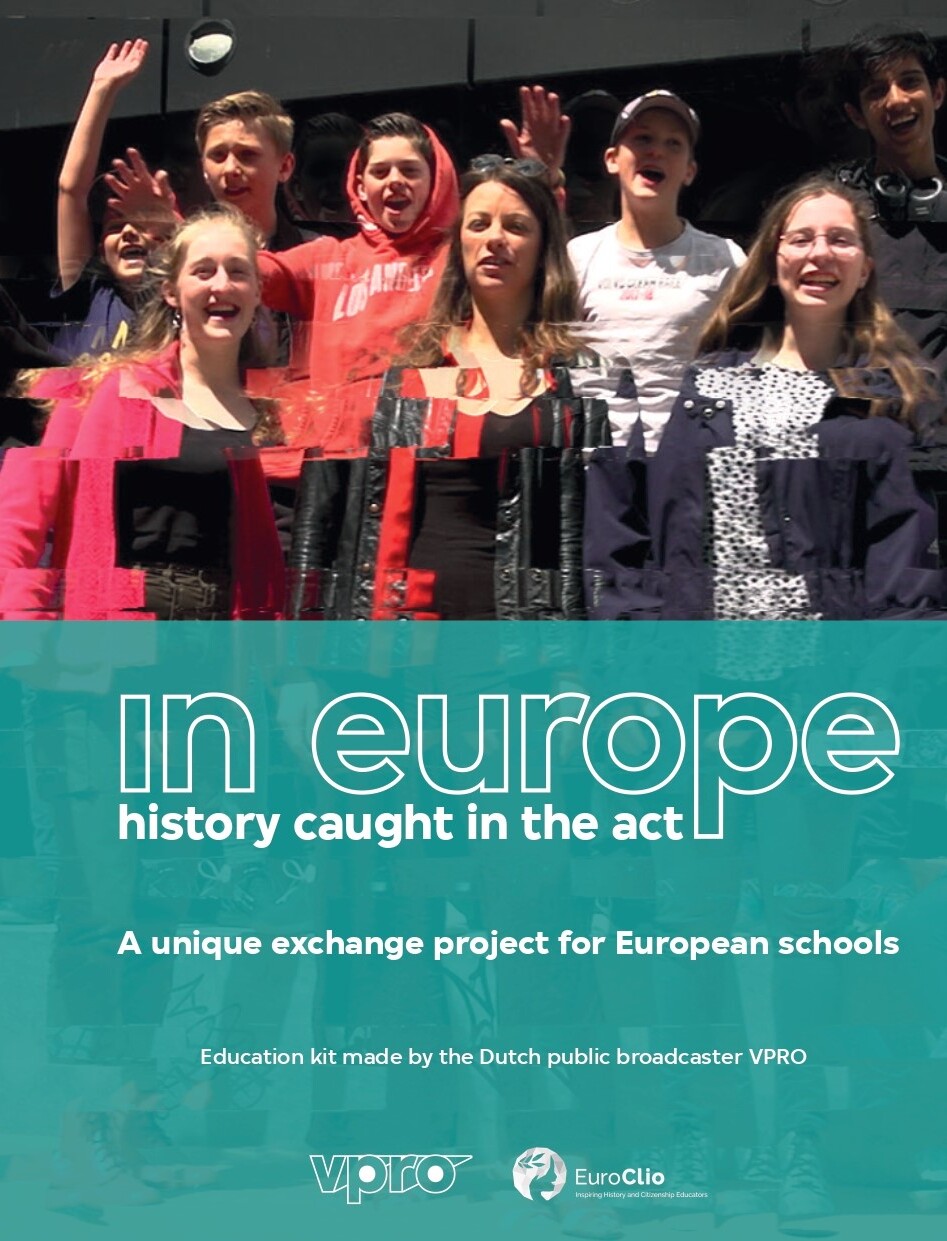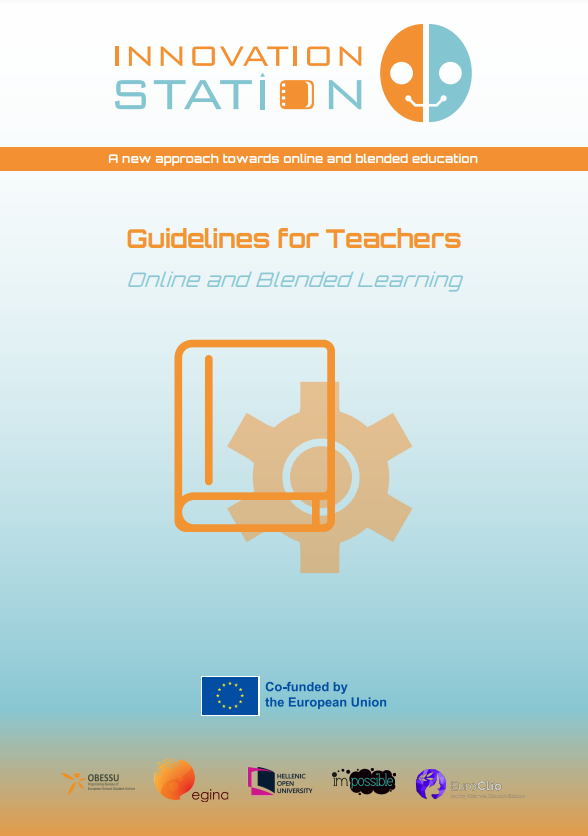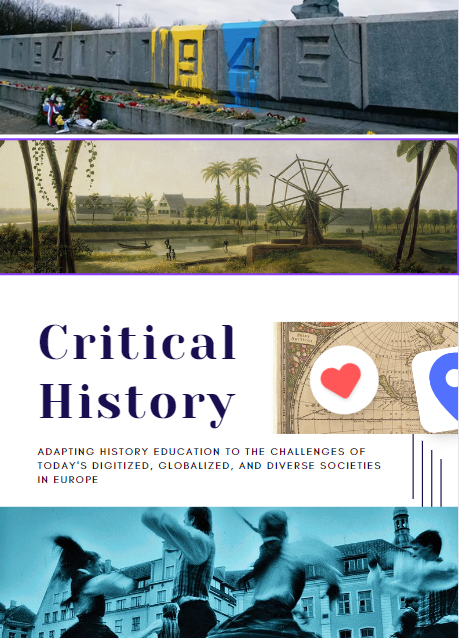Sometimes, teachers might encounter difficulties in assessing the extent to which their students have internalised a topic or a specific concept. Pupils, in fact, might find “classic” assessment to be not stimulating enough, and therefore perform in a way that induces the teacher to believe their understanding of a topic is low, even if they did correctly internalised the notion. With the use of a simple matching exercise, Ofelia Asatryan has been able to make the end-of-topic assessment engaging for her pupils, including at the same time a technique which allows her not to differentiate between her students with hard-of-hearing and the other pupils.
The Practice
The practice is suitable for pupils at their fifth grade (i.e. aged 10-11 years old).
Pre-class preparation.
Before starting the lesson, the teachers should prepare two PowerPoint presentations, summarizing the topic that they aim at testing. Both presentations should contain around 15 slides. The first presentation should contain, in each slide, an image referring to an historical event, people, symbol or concept relating to the topic under assessment, together with a short description of it and its relevance. The second presentation should present the same images, with no description.
In addition to this, the teacher should also print the descriptions on plain paper, one copy of each description for each pupil, and print one copy for each image, in A4 and color.
In class.
The “assessment lesson” begins with a summary of the topic. To provide this summary, the teacher should use the first power point (the one with images and descriptions), slowly touching upon the most relevant aspects of the topic.
Then, each student is provided with all the descriptions, and the teacher tells them to prepare for the “assessment”. The printed images are taped to the blackboard, in a way that leaves some free spaces underneath them.
The second power point is shown. For each image, the teacher asks one of the pupils to say which one is the correct description. If the description is correct, the student should go and stick it to the blackboard under the image. If it is not correct, the teacher should ask to another pupil which description he\she thinks is correct. This procedure is repeated until the correct description is found for each image.
Obstacles and lessons learned
Since students answer in front of their classmates, the teacher’s reaction to a wrong answer is extremely significant. It is important not to severely criticize the student’s mistake. Therefore, the teacher may ask to the classroom “who can provide us with an alternative answer to this question?”, without directly telling to the pupil “your answer is wrong”.
In addition to this, answering in front of the rest of the classroom carries with it also another obstacle: when the first student is answering, the right or wrong answer of a question is not known. This means that the question becomes easier and easier with the increasing of wrong answers: pupils who have not yet been “interviewed” can eliminate answers already given. At the same time, the assignment requires a skill to focus attention and remember the previous answers, otherwise the student may present the wrong answer once more. Taking into account this issue, the teacher should change the answering order every question.
Furthermore, if the school does not have enough resources, it might be necessary to print the pictures in black and white. This might result in a less motivating activity for pupils. In this case, it might be better not to print the images at all, and to carry out the exercise just with the use of the power point presentation.
The effect of the practice
This approach is really effective in engaging pupils while assessing their understanding of a topic. Thanks to the activeness of the students and their participation, it promotes their interest in the exercise. As a result, they are more attentive, and for a longer period of time. At the same time, it requires pupils to pay attention not only to the questions, but also to each other’s answer, training in this way also their memory.
About the interviewee
Ofelia Asatryan is a secondary school History and Citizenship teacher at a public school in Yerevan, Armenia. She has 10 years of practice in working in inclusive school.
Background to the project
Inclusive education has been introduced to Armenian public education system since early 2000s, while it was mainstreamed into the Law on Public Education in 2014 requiring all public schools in Armenia to turn into inclusive schools.
Five students with hard-of-hearing attend Ofelya’s school. From that point of view the school is unique, because in Armenia students with hearing disabilities usually attend special schools. Two years ago a student with hard-of-hearing came to Ofelia’s class. Now she is in 8th grade. She does not speak, instead she has a well-developed lip-reading skill that helps her understand what others talk. To meet her needs, Ofelia has tried several techniques to make her History learning more meaningful.
Additional Information
The same exercise can be carried out also by sticking pictures and descriptions to the board in a random order and asking the students, one by one, to go to the blackboard and connect the appropriate picture with the description.
In addition, it is also possible to provide pupils with the images and ask them to connect them to the right description, projected with a Power Point. This might be indicated when it comes to complex concepts.
In case of classes with a high amount of pupils, it is also possible to apply the exercise in groups: each group receives a description and has to choose collaboratively the correct answer.
Written by Armenuhi Avagyan (CIVITAS – Armenia) based on an interview with Ofelia Asatryan (John Kirakosyan Yerevan school # 20).





